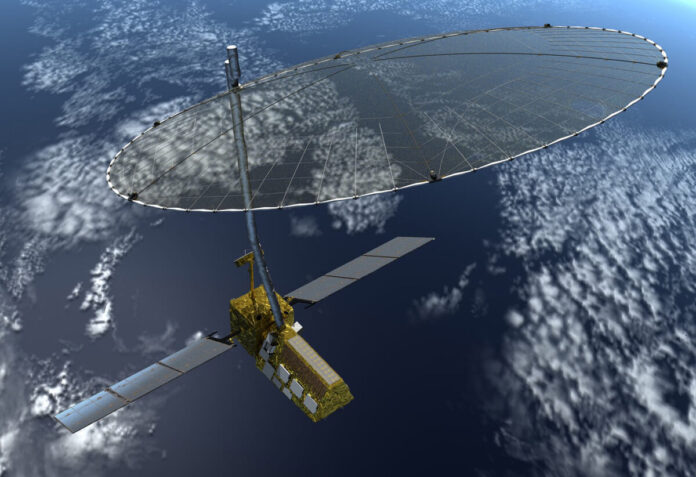The NASA-ISRO Synthetic Aperture Radar (NISAR) payload, one of the world’s most advanced radar systems and the low earth orbit observatory jointly developed by NASA and ISRO, reached Bengaluru in the early hours of March 6.
Story so far: The NISAR Earth science mission is making progress towards its launch in 2024. Recently, the science payload consisting of two radar systems, one created by NASA and the other by the Indian Space Research Organisation (ISRO), completed its journey from NASA’s Jet Propulsion Laboratory in Southern California to ISRO’s U R Rao Satellite Centre in Bengaluru, India.
- NISAR will observe nearly all of the Earth’s land and ice surfaces every 12 days. The NISAR also measures movements in fine detail.
- In the near future, experts at the facility will integrate the radar systems with the satellite’s body, or bus, and carry out tests in preparation for its three-year mission.
Expected launch: The low earth orbit observatory is expected to be launched in January 2024. And it will use two frequencies through ISRO’s S-band radar and NASA’s L-band radar. The send-off ceremony of the science instrument was held in California on February 3. Engineers and scientists have been testing the two radar systems since early 2021.

